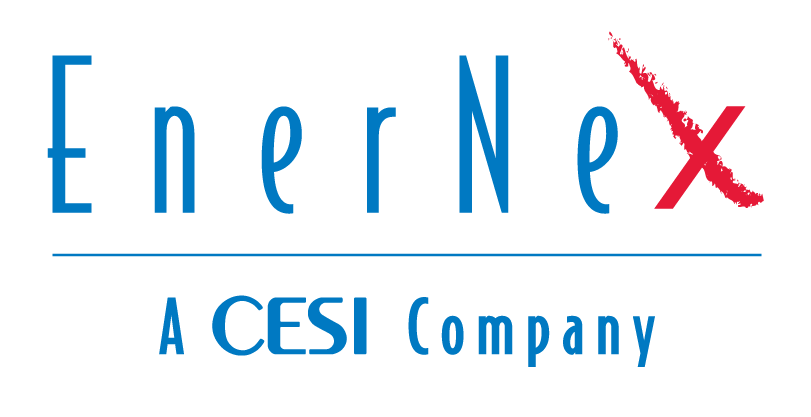Grid-Enhancing Technologies: A Case Study on Ratepayer Impact
February 2022
**EnerNex contributed to this report**
The Department of Energy’s Office of Electricity has released Grid-Enhancing Technologies: A Case Study on Ratepayer Impact, a report focused on the impacts of integrating Grid Enhancing Technologies (GETs) with existing transmission lines. GETs can defer or reduce the need for significant investment in new infrastructure projects and increase the use of renewables by maximizing the capacity of the current infrastructure. The report establishes an assessment methodology and outlines key findings from a case study that evaluates a near-future scenario (2025) in the New York Independent System Operator (NYISO) region to understand how GETs could integrate more renewable generation on the existing transmission infrastructure and defer or reduce costs of costly new transmission projects.
Executive Summary
A modern grid requires modern infrastructure, including new devices enabled by digital technology or simply new paths for electricity to flow. Grid-enhancing technologies (GETs) maximize the transmission of electricity across the existing system through a family of technologies that include sensors, power flow control devices, and analytical tools. This report establishes an assessment methodology and outlines key findings with respect to an identified case study region on how GETs can be applied today to save ratepayers money while the grid transitions to a cleaner generation mix.
The Federal Energy Regulatory Commission (FERC) has been actively working to establish the appropriate incentive mechanisms for technology adoption. This report focuses on the evaluation of the impacts of GETs on wholesale and retail power rates. A case study is presented on regional, wide-spread deployment of GETs to assess the potential benefits and costs to utilities and ratepayers.This report establishes the techno-economic framework for the benefits quantification of GETs on the wholesale power market. The outcomes from this report show that GETs can be costeffective in the target region, ultimately saving ratepayers money while integrating more renewable generation. However, the impact of GETs is highly location-specific, and this location was selected because of its high likelihood for increased renewable generation and GETs suitability. Additional studies should be completed to assess GETs impact in other regions of interest.
Connect with a Contributor
Sean Morash
Principal Consultant
smorash@enernex.com
865-770-4879


